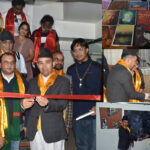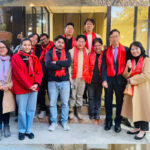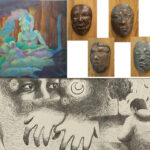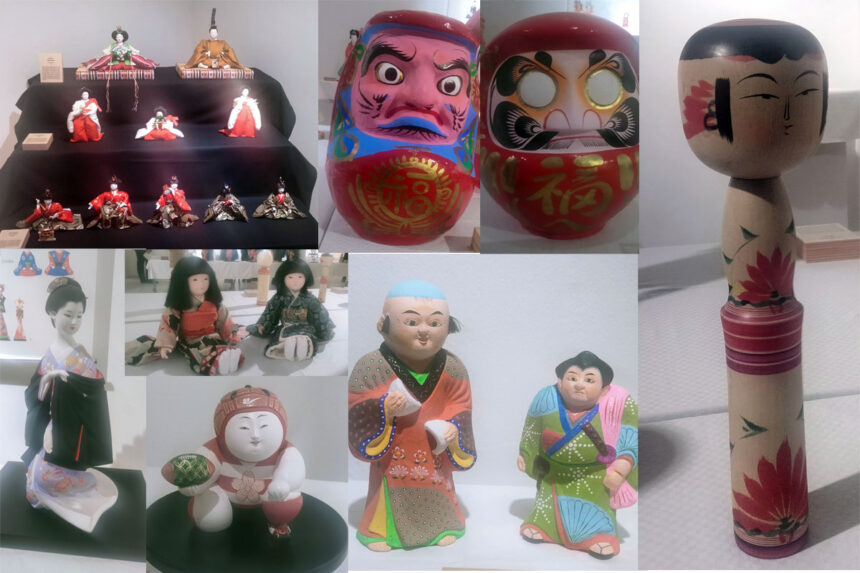In Japanese, the term “Ningyò” represents the concept of the “human shape.” In Japan, dolls serve not only as children’s toys but also as a means of conveying culture, history, prayers, and as embodiments of love. The Japanese foundation has curated this exhibition with the primary objective of strengthening cultural connections between nations. The exhibition commenced on December 7th and will continue for the next two weeks, concluding on December 21st. It is being held on the ground floor of the Nepal Art Council in Babermahal.
Tracing the origins of these dolls, the tradition of creating and exchanging dolls originated in 17th-century Japan within the imperial court and among common people. Upon closer inspection, these dolls have been meticulously crafted to embody both the essence of modern art and skilled craftsmanship. They showcase a distinctive blend of colors and expressions seldom found elsewhere in the world. While some dolls are intricately sewn, others are crafted from ceramics and adorned with delicate materials, making them off-limits for touching at the exhibition. Mita Kakuyuki, the curator at the Tokyo National Museum, stated in the Ningyò booklet that Japan can be rightfully considered the nation of the ningyò.

The doll culture can be categorized into three subheadings based on their shapes and the significance they carry.
Ningyõ to pray for children’s growth
In the early 7th century, as a means of warding off misfortune anticipated in the upcoming year, individuals crafted dolls from wooden planks and breathed upon them to imbue them with protective qualities. These dolls were then set afloat on rivers, as people believed that by releasing these small dolls, the anticipated misfortune would be carried away with them.
Both the Nepali and Japanese communities cherish traditional culture, crafts, and contemporary art. This exhibition aims to provide visitors with an opportunity to explore the diverse facets of Japanese doll culture and its rich history.

Ningyo as a fine art
During the 17th century in Japan, dolls were crafted using sculpting techniques, intricate colors, and finely tailored clothing. This elevated them beyond mere toys, allowing them to transcend into the realm of art.

Ningyo as folk art
At times, these dolls served as a crystallization of parental love for their children. Even among the common people, there was a growing fascination with dolls, leading to the use of more affordable materials such as clay, paper, and wood to depict the art and culture of Japan.
Purab Kayastha, the Culture and Public Relations Officer at the Embassy of Japan, notes, “These days, many Nepali individuals residing in Japan bring dolls as souvenirs upon returning to Nepal. This small gesture reflects that the stories and anecdotes of Japan are transcending borders.” He elaborates on the exhibition, stating, “This exhibition is of a traveling nature, so after concluding in Nepal, it will be taken to various other countries for display.”

In Nepal, local artists are also creating numerous dolls that represent diverse cultures and stories. Consequently, this exhibition serves as a platform for cultural exchange, allowing attendees to gain insights into the traditions of Japan. The unique presentation and decoration of the dolls in the exhibition contribute to its distinctive appeal. As the exhibition runs until December 21st, art enthusiasts are encouraged to explore it before its conclusion.









Leave A Comment